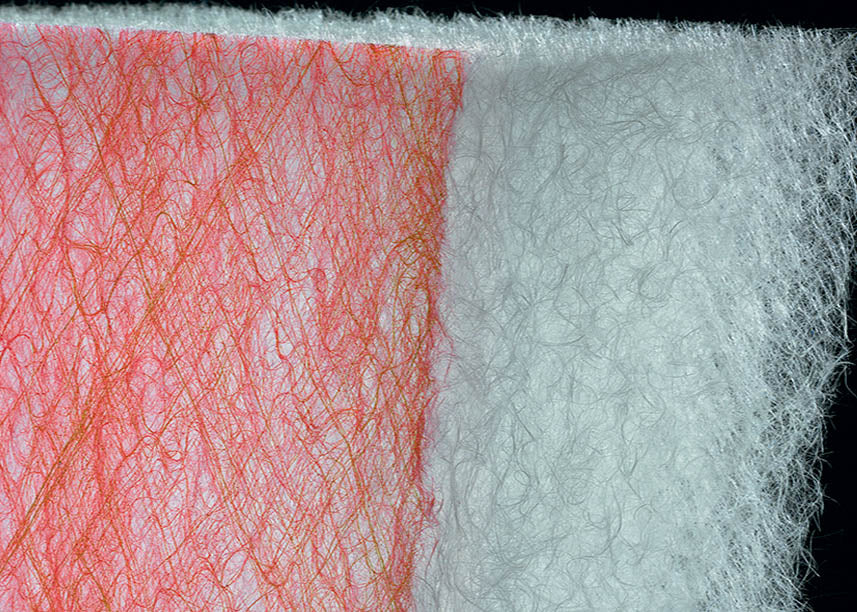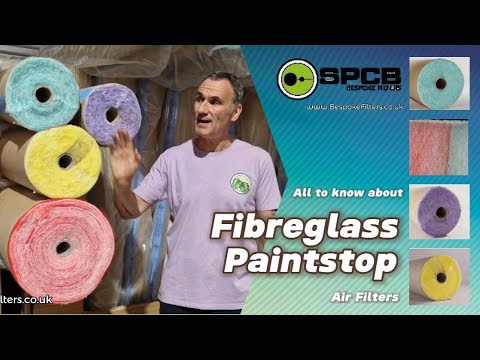Prorossa Paintstop 125mm
Prorossa Paintstop 125mm
SKU:3511
Our Prorossa is a glass fibre filter-media that is progressively structured and impregnated throughout with a harmless gel for the filtration and holding of large quantities of coarse dust-particles. Generally used for the protection of machines, gas-turbines and in many other types of industrial installations.
+ VAT
Couldn't load pickup availability
Share

Our PROROSSA has been developed for the capture and holding of all types of course dust particles. This means that it isn't designed for the filtration of paint or glue within a spray booth so, whilst it would be able to capture this type of overspray our PROFIBRE, PROPORA or PROGIALLO would be better suited. Prorossa is primarily for the protection of machines, gas turbines and many types of industrial machinery.
The 125mm (5") thickness is also something that is very convenient as can be used in areas that standard products would be unable to fill.
The dust holding-capacity is substantially increased, when compared with the standard fibreglass material, by the progressive structure of the media and by the harmless binding-agent that is impregnated throughout the filter media.
Product Specification
Thickness - 125mm
Weight - 550g/m2
Colour Inlet Side - Red
Colour Exhaust Side - White
Gravimetric Efficiency - 91%
Initial Pressure Drop - 105Pa
Recommended Final Pressure Drop - 250Pa
Intake Air Velocity - 2.5m/s
Temperature Resistance - 120oC
Dust Holding Capacity - 5.3kg/m2
Fire – Non-combustible
Technical Information
Frequently Asked Questions
Which side is the front?
With all our fibreglass filtration products there is a back and a front. It may not always be obvious, but it is important that the product is fitted correctly so that you are getting the most efficient and effective filtration. Our specialist PROROSSA filter is no different so it is the red side that faces away from the direction of airflow. This means that the air enters the filter through the red side and exits white.
The Prorossa is ‘progressively built’ which means that the fibres are closer together the deeper into the filter you go. So, the fibres are closer together at the back of the filter than they are at the front. This is so that the larger dust particles are held on the front of the filter whilst the smaller particles are held towards the back. If the filter is fitted, back to front, then it will block very quickly.


